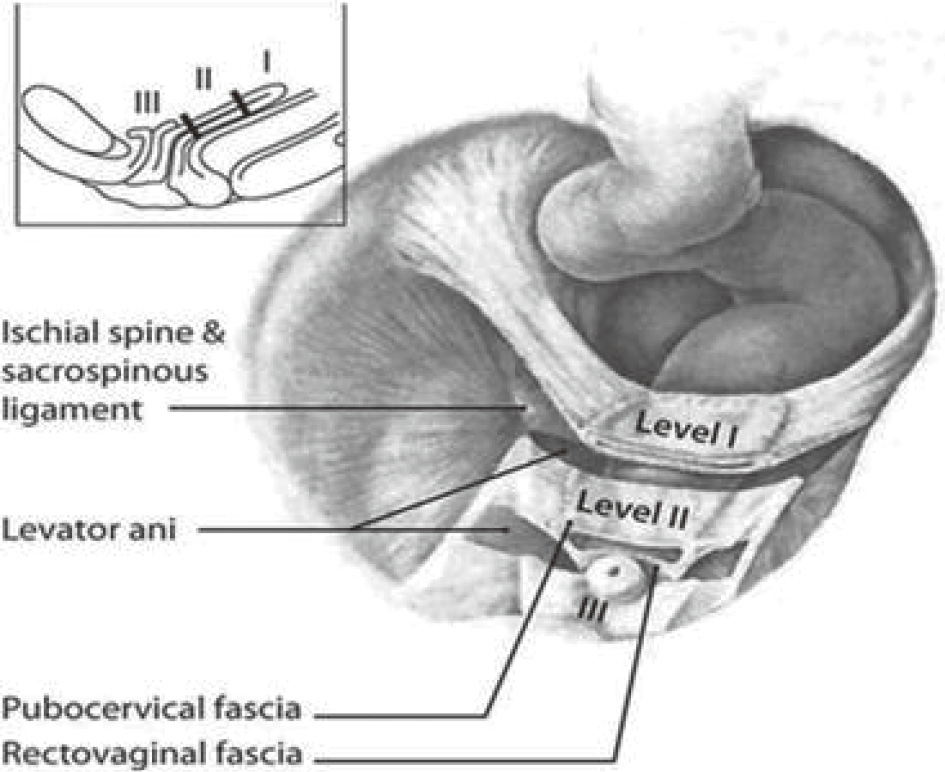Volume 6, Issue 2
Displaying 1-8 of 8 articles from this issue
- |<
- <
- 1
- >
- >|
Review Article
-
2022Volume 6Issue 2 Pages 77-82
Published: April 27, 2022
Released on J-STAGE: April 27, 2022
Download PDF (174K) -
2022Volume 6Issue 2 Pages 83-91
Published: April 27, 2022
Released on J-STAGE: April 27, 2022
Download PDF (652K) -
2022Volume 6Issue 2 Pages 92-99
Published: April 27, 2022
Released on J-STAGE: April 27, 2022
Download PDF (1711K) -
2022Volume 6Issue 2 Pages 100-112
Published: April 27, 2022
Released on J-STAGE: April 27, 2022
Download PDF (2738K)
Original Research Article
-
2022Volume 6Issue 2 Pages 113-120
Published: April 27, 2022
Released on J-STAGE: April 27, 2022
Download PDF (258K) -
2022Volume 6Issue 2 Pages 121-128
Published: April 27, 2022
Released on J-STAGE: April 27, 2022
Download PDF (845K) -
2022Volume 6Issue 2 Pages 129-133
Published: April 27, 2022
Released on J-STAGE: April 27, 2022
Download PDF (181K) -
2022Volume 6Issue 2 Pages 134-142
Published: April 27, 2022
Released on J-STAGE: April 27, 2022
Download PDF (540K)
- |<
- <
- 1
- >
- >|







